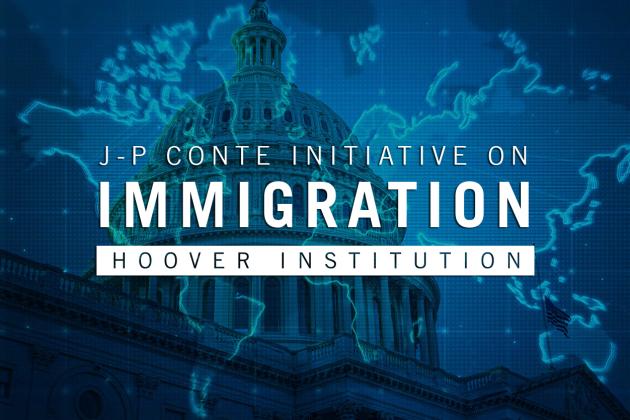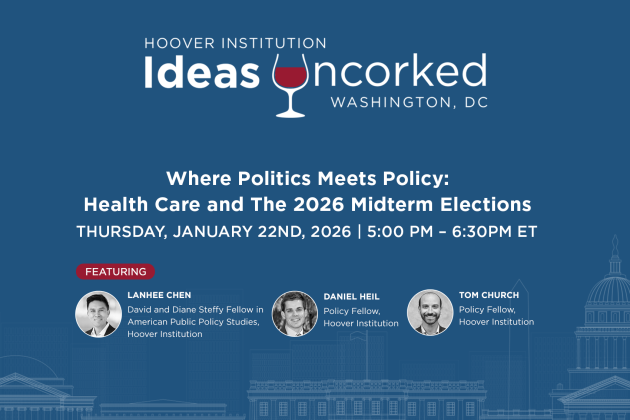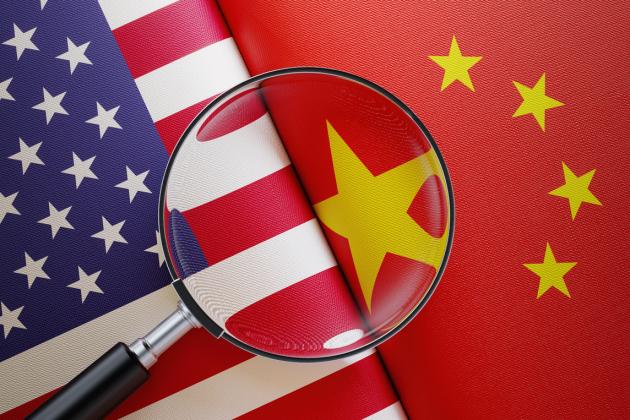PARTICIPANTS
Paul Gregory, Michael Boskin, John Cochrane, John Gunn, Laurie Hodrick, Bob Hodrick, Richard Sousa, David Mulford, Arturas Rozenas.
ISSUES DISCUSSED
Paul Gregory, Hoover visiting fellow, endowed professor in the Department of Economics at the University of Houston, Texas, and research professor at the German Institute for Economic Research in Berlin, discussed “Russia’s Double Dip Recession.”
To understand much of the economic policy, you have to recognize much is done for political reasons even if it hurts the economy.
Gregory started with a basic model of dictatorship. They can stay in power with repression, growth and prosperity, or foreign adventures.
His second graph gives an overview of the Russian economy since 1996. Putin entered in 2000, and initiated the second Chechen war. In his early years Russia grew well, around 8% per year, with reduced inflation. The financial crisis hit Russia hard in 2009, with 9% decline in GDP. There was a sharp recovery after oil prices and credit markets recovered. But the last decade has shown a decline in growth along with a smaller second recession in 2015, with about 4% GDP loss and no recovery. Consensus projections are about 1% growth going forward. Putin runs again in 2018.
Putin’s image is an economic manager. He creates “growth, prosperity and stability,” his is a strong hand to protect Russia from enemies, and no return to “wild capitalism.”
Yet, as shown in a plot the other ex- USSR republics GDP follow a very similar path as Russia, with horrible conditions in the early 1990s, recovery to growth in 2000, and tailing off now — though Russia is doing slightly worse. Russia doesn’t stand out as much better — or worse.
Comparing Russia to other energy-dependent economies, Russia seems to be doing worse. It’s not just oil prices. About half the Federal budget comes from energy.
Gregory gave some background on the politics of Putin’s rise to power and his background or “core.” His political core is that the west is an enemy of Russia. His basic economic principles are to avoid hyperinflation, standing in line for basic goods, and that defaults will end the regime (1991 and 1998). Politically though he knows that repressive regimes can survive poor economic performance, and military power can exceed economic power.
Now Russia is characterized by extreme kleptocracy. There is a lot of renationalization. There is not much rule of law, or property rights, even to the inner circle. Being accused of tax evasion can happen to anyone. There is enormous capital and people flight. Russia is still a petrostate. “National champions” such as Gasprom are instruments of state policy. But Russia returns as a plainer in geopolitics, as in Crimea, Ukraine and Syria.
Exxon Mobil has a market capitalization of $70 per barrel of oil, while the Russian companies Gasprom and Rosneft are $5-$10. This is a good example of their thorough mismanagement. Turning gas off to Ukraine is a good example of how state control is used for political ends — and economic mismanagement.
Primakov’s warning: Russia is heading to a third-world pariah petrostate.
Putin’s parallel reality.
There is lots of propaganda, aimed mostly at the Russians. It’s largely successful.
In surveys, “country moving in the right direction” has strong majorities. It got a big jump in 2014 with the invasion of Crimea. Public opinion about the US jumped down at the same time. The Trump election is increasing favorable impression of the US, however, which imperils the defensive propaganda.
Current low growth includes low oil prices and post Crimea financial sanctions. Declines 2014 to 2016 are large — GDP down 3.5%, consumption down 14%, investment down 15% and wages down 13%.
The sanctions are hurting.
Putin’s view of macroeconomics: Can we afford Crimea? He does not like deficits. There is an emphasis on building reserves as a firewall.
Financial sanctions: Russia looks financially a lot like Mexico. Households hold cash and precious metals, Rich people hold it abroad.
Russia has a problem that it needs to amortize debt, i.e. pay back as it matures. Under sanctions it can’t borrow new money to pay back old. There are central bank reserves, reserve fund and national welfare funds. The reserve fund is nearly gone and the welfare fund already committed. In 2009 paying back $14 billion was a problem. 2015 was a bigger problem, with $140 billion to be repaid.
Propaganda says Russia is doing fine despite sanctions, and they’re hurting us and Europe more than them.
The response is austerity. The Russian government has little debt. Pensions are modest. But he needs a defense buildup. A recent road tax led to a national trucker strike. He has stopped paying for eastern Ukraine and Crimean republics. Defense spending is accelerating, 10-15% of GDP. Austerity comes from 10% declines in health education and welfare every year since 2013. 30% of the defense budget is now secret, so it’s hard to know what the real numbers are.
2015 the Kremlin started saying this is the bottom and things are turning around, that import substitution is working.
There is a lot of data manipulation. Gregory’s calculations show consistently lower GDP.
There is a big crackdown going in to the election.
Public opinion seems to separate Putin from the government, supporting Putin but not the government. Regional government and parliament have very low ratings.
Putin nearly fell in 2011 due to street protests. There were anti-Putin campaigns on TV. After that street demonstrations became a crime. Police fire on demonstrators. Putin has a private army of 200,000.
Prospects: defense is 6% plus of GDP. If GDP doesn’t grow, that percentage has to rise. There is little optimism for oil prices and growth. Yet Putin’s grip on personal power seems secure for now.
Click here for Gregory's slides.









